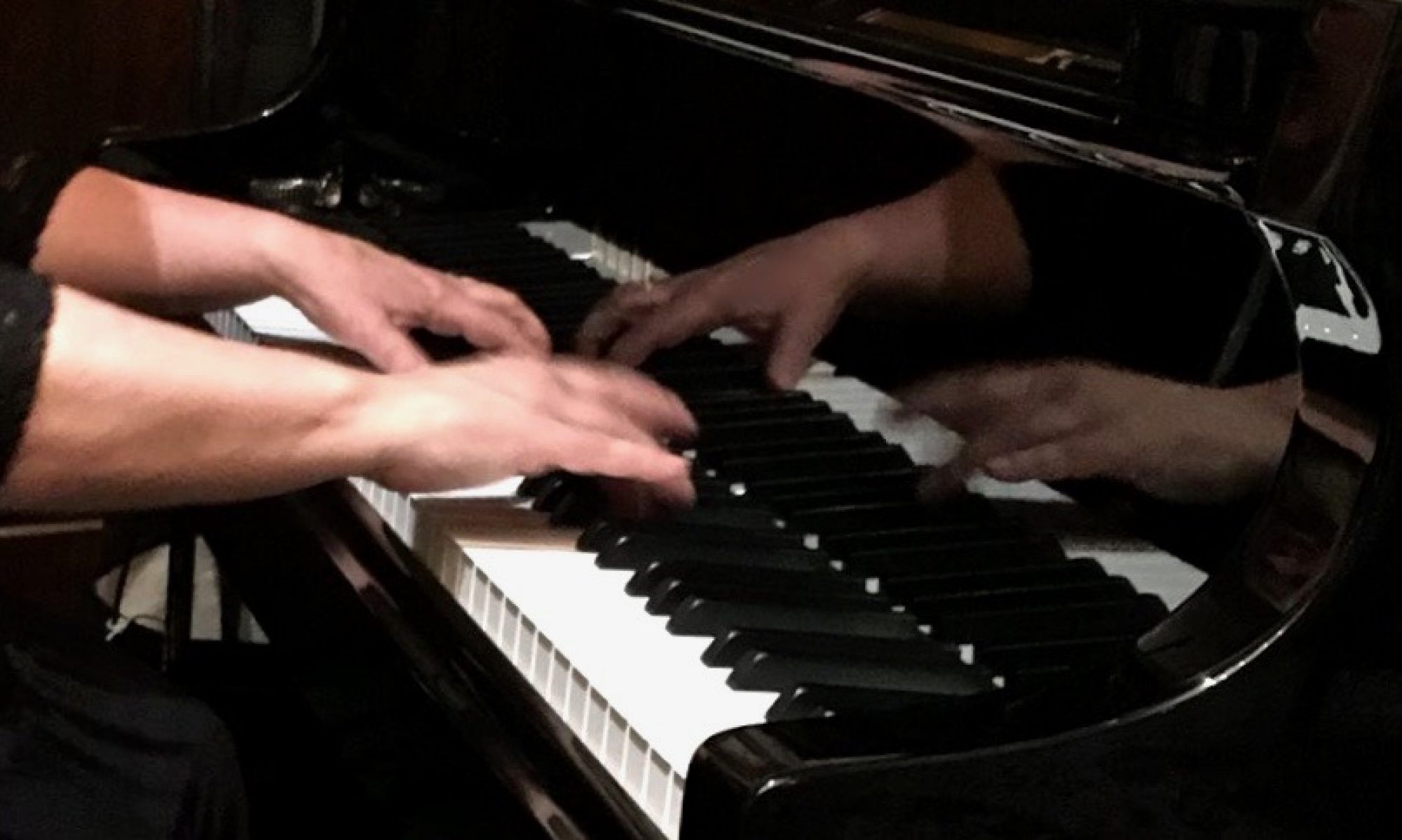
Observe today’s music theory illustration pictured above. Notice the photo of these colorful Four O’clock Flowers – each bloom is unique, but they all are linked together as a family that grows from the same parent plant.
This week one of my newer adult piano students eagerly read ahead in my book Amazing Phrasing – Keyboard, and got a bit confused trying to understand the Greek modes/scales we refer to in both jazz & traditional music theory. During her first lesson this enthusiastic lady openly shared how she recently found her birth siblings after taking a DNA test, so this was a perfect time to discuss the Greek Modes!
I explained there is one Parent Scale who shares common DNA with her children. For example, the C Major Scale contains the DNA of the following notes (all found on the piano’s white keys): C D E F G A B C. I used the example that a parent normally wouldn’t want to give all 7 of their children the same first name “Bubba”, now would they? Nor would all your children look exactly alike or have identical personalities. So in the same way each offspring of the Parent Scale has its own musical color or sound, and each series of notes has it’s own Greek sounding first name, depending on which root note the scale/mode* starts and ends with.
DNA for a parent scale C Major (Greek name Ionian) = C D E F G A B C. Using these same notes, but starting on different tones of the scale, the offspring get new names – these offspring scales may function and sound a bit different in personality from the parent:
C Ionian (C D E F G A B C)
D Dorian (D E F G A B C D)
E Phrygian (E F G A B C D E)
F Lydian (F G A B C D E F)
G Mixolydian (G A B C D E F G)
A Aeolian (A B C D E F G A)
B Locrian (B C D E F G A B)
C Ionian (back to the parent again)
Novice music theory students may first visualize this concept by plunking out the white keys on a piano and naming the Greek Modes as they go. Of course, until you are fluent in all 12 major scales it poses more of challenge to conceive of and rapidly play the mode families in keys like Gb or C#, but once you can think of the tones of the parent scale (keeping in mind any flats or sharps), you should be on your DNA way!
*Don’t get hung up in the definition of “mode” vs “scale” – that’s a topic for another day. We’ll use these terms interchangably here. Jazz instructors place the most emphasis on learning the Dorian, Mixolydian, along with the essential Major scales (to go with iim7 – V7 – Ima chord progressions), but for a shortcut musicians can just think of the one parent scale and soar over all 3 chords using the same 7 notes!
During the late 1950’s and early 1960’s certain jazz musicians explored stretching out by playing one mode for extended solos. For more on Modal Jazz here is an article: https://en.wikipedia.org/wiki/Modal_jazz
(Multicolored flower pictures below are from a single plant in Bubba’s garden)



One Reply to “Explaining the Greek Modes”